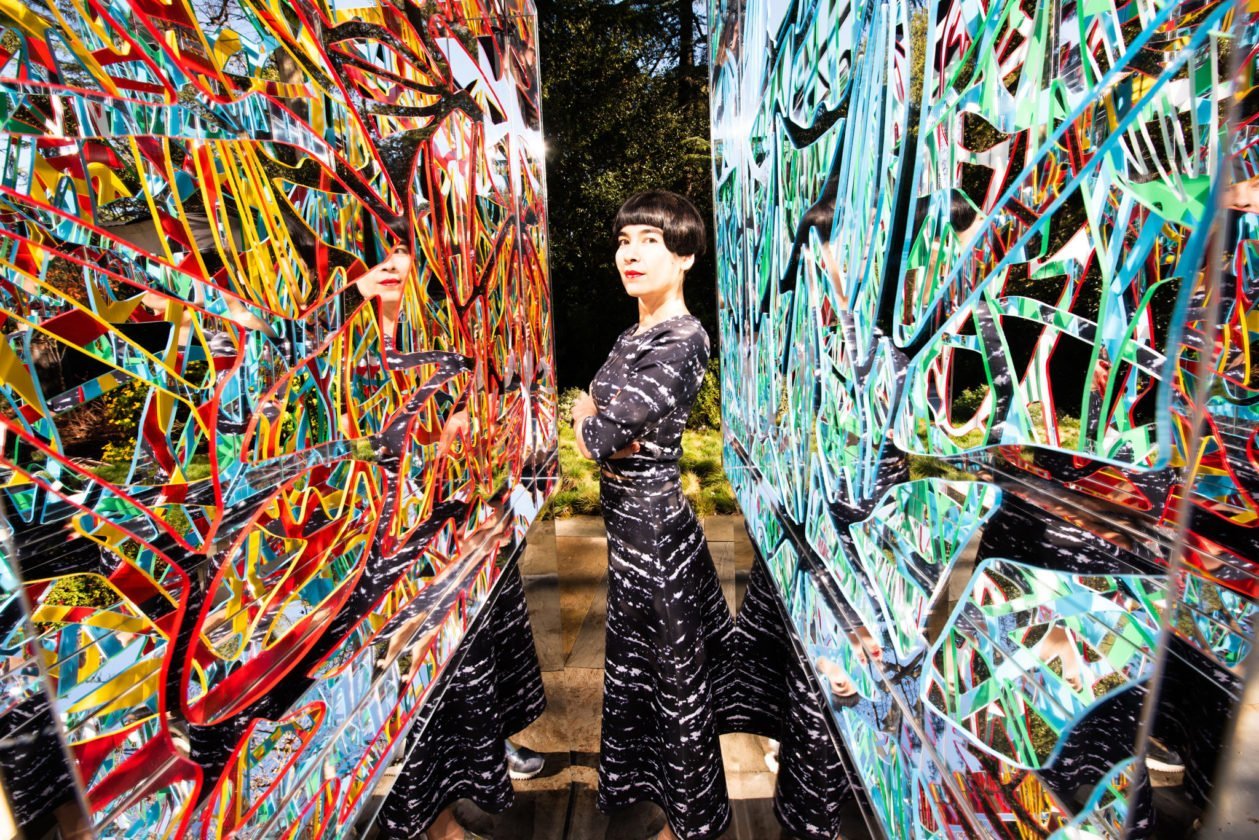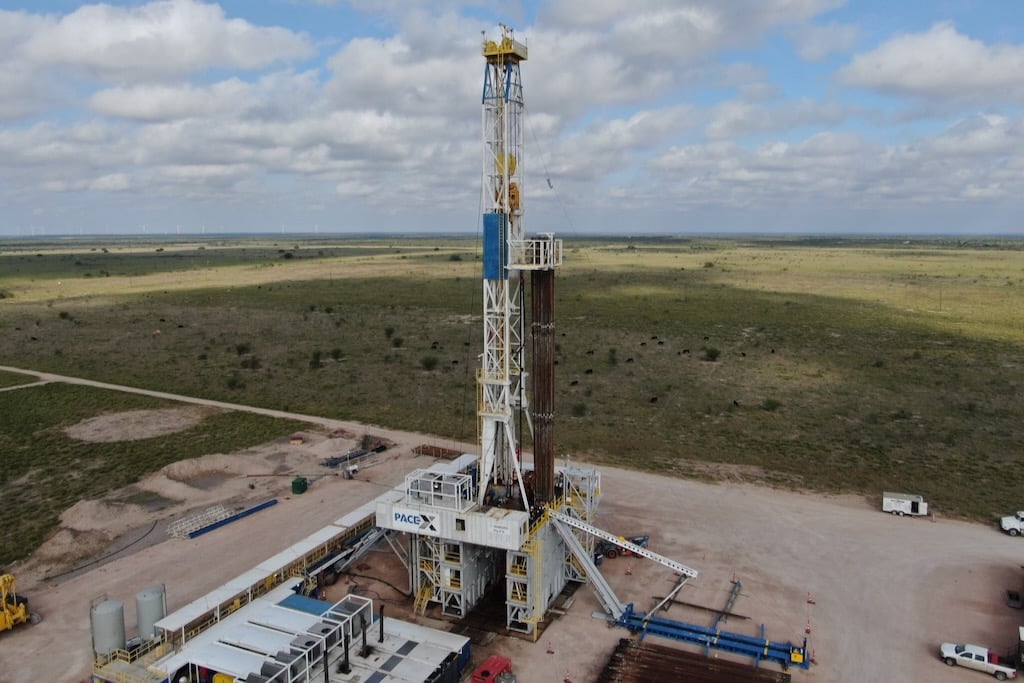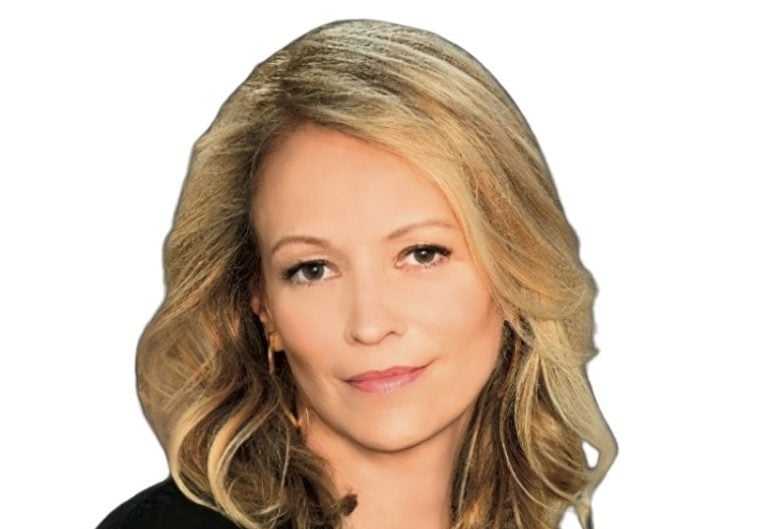As the CEO of Silicon Valley’s leading art studio Drue Kataoka Studios, artist-technologist-activist Drue Kataoka is leading the way into the future. Her commissioned artwork, which spans genres from steel sculpture and painting to virtual reality and EEG brainwaves, is at the forefront of democratizing art and, in the process, creating massive social impact.
For Kataoka, creating art permeated with technology came naturally to her. “I believe that art is technology, and technology is art, that the two are on a continuum,” Kataoka told Worth. “When a work of art reaches its highest form, it becomes a type of technology. When a piece of technology reaches its highest form, we call it art.”

Kataoka recently took the time to speak with Worth about the art-tech space, the broken gallery system and the future of art and creativity.
Q: I’d love to hear more about your background. How’d you get into the art-tech space?
A: I was born in Tokyo to a Japanese father and American mother. With one foot in the East and the other in the West, I’ve had a global, pan-cultural perspective from the get-go. I was blessed to spend my early childhood in Japan, many summers on the U.S.-Mexico border in the Sonoran Desert and my formative years in Silicon Valley—all imagination-bending places in their own way. When it came time to choose a university, I didn’t want to go to an art school. Art schools fall woefully short, in my estimation. They don’t teach artists how to code. They don’t give us any scientific breadth. Yet those things are essential for an artist, whether in the Florentine Renaissance or here and now in the Fourth Industrial Revolution of 2020. I knew I wanted to go to Stanford University, and it was the only place I applied.
By choosing Stanford, I was going against the grain of mentors like Wynton Marsalis, Jean-Pierre Rampal and others who, with all their best intentions, thought Palo Alto was a huge mistake and that New York or Paris seemed the obvious choice for my art career. Pushing back, I felt Silicon Valley was the new creative and cultural epicenter of the world. And I wanted to get an interdisciplinary education. So, at Stanford, I took math, science and the humanities all interwoven into my own custom curriculum. Looking back, it was the best decision I could have made.
So, creating art permeated with technology was natural for me early on. Firstly, the scientists, entrepreneurs, creators and academics in this community have influenced and inspired me. They’ve been my friends, collectors and collaborators. Silicon Valley has been ground zero for witnessing and participating in the technological change that is rapidly shaping our world. Secondly, I believe that art is technology, and technology is art, that the two are on a continuum. When a work of art reaches its highest form, it becomes a type of technology. When a piece of technology reaches its highest form, we call it art.

What types of artworks are you creating today?
We are the leading art studio in Silicon Valley. We are serving top contemporary art collectors in over 30 countries on five continents. The art we make is highly experiential. It is based on our vision of the artwork as a living organism that transforms the environment, is different in every new interaction with it and enhances your creative well-being. We create primarily in three genres:
- Ambrosia series—These are a great majority of the works we ship around the world—a signature artwork for our studio—colorful and complex interacting powerfully with the light. The Ambrosias are an interactive art form we’ve developed, inspired and influenced by neural networks. Each artwork has over 196 billion configuration permutations.
- Celestial Lace series—Mirror polished stainless-steel sculptures, characterized by our signature vocabulary of highly faceted, complex reflective surfaces inspired by the physics of breaking glass. While these are physical pieces, they are designed and prototyped via 3D modeling and virtual reality.
- Technology art—These artworks take many shapes, but our main focus area today is virtual reality. VR, we believe, is a transformative emerging art form that will encompass and define our lives much like the gothic cathedrals did during the Middle Ages. We believe that VR will be the predominant art form of the future. We also work with other technological genres, like EEG brainwaves and scientific conceptual art (like the artwork I created for the first zero gravity art exhibit in space at the International Space Station, leveraging relativistic effects, namely time dilation).
During your keynote for our Families of Worth Summit last year and at Worth’s The Next Normal online event, you spoke a lot about the commissioning of personalized art. Can you explain why that has cycled back into style?
The majority of artwork we do at Drue Kataoka Studios is privately commissioned. It’s a great business model, a disruptive one and a return to the original art creation model of the Renaissance. Most of the great artworks of humanity across cultures have been created through this model of patronage. We often forget that the art gallery phenomenon is extremely recent (having existed only for about 100 years, modeled after the retail boutique). And that system is broken in so many ways.
Contrast that to the commission model, which creates superior financial, artistic and creative value because we can offer a great price to our collectors. At the same time, it allows us to invest into ever more ambitious artworks, leveraging the highest quality processes, materials and talent.
Why is this an important thing for artists?
The commission model is great for artists because it gives them more agency, more creative control over their business and more creative freedom to experiment and make bigger creative leaps for society and the world. Last but not least, it allows artists to separate themselves from galleries which are a sinking ship.
We know anecdotally that galleries are in a deep crisis but don’t have exact numbers because they are private businesses. But we can infer just how deep the crisis is by looking at other retail establishments because art galleries are a form of retail—a particularly challenging one at that. And retail is an industry that has been dying over the past decades, with the pandemic being the final nail in the coffin. Have any doubts? Just take a look at some of the contrasting market caps of some of the top brick-and-mortar outlets with the market cap of Amazon.
How have you been navigating the current pandemic? Are things starting to get back to normal for you in any way yet?
First of all, my heart goes out to all those who have died or who are affected health-wise or financially. It’s not an easy time for anybody. As far as creativity goes, I can find silver lining with these two factors:
- Isolation and
- Pain.
You have to get in a tunnel to create great things. So, with a lot less travel, that’s something that’s much easier now. When you think about it, pandemics tend to be a creative time. Florence flourished during a time of persistent plagues. The bubonic plague freed Isaac Newton from the constraints of university life and allowed him the space to have breakthroughs in calculus, optics and the laws of motion and gravity.
Do you think the pandemic has changed the way we think about creativity? Has it created any opportunities for artists? What have been the biggest challenges for artists during this time period?
At Drue Kataoka Studios, we do take a very client-centric approach. In many ways we are closer to an architectural studio or a consulting firm than an arts studio. We thrive in the back and forth that is involved in the commissioned creative process. I think that our process stimulates the creation of more unique, more differentiated art. We relish in solving problems as well as creating something immortal, following in the footsteps of great artists from the Renaissance like Michelangelo and Raphael.
So a challenge for us has been that COVID has made it difficult for international clients who would normally do an in-person studio visit to come see us. The pandemic has created some disruption to our pipeline particularly for first-time clients. But the flip side of that is that we have really resilient relationships with our longtime clients. And part of our DNA is the startup culture. As such, we are agile, lean and able to respond and change. We’ve found all sorts of ways to explore new modes of communicating and exhibiting art, from a 24-hour global livestream that I hosted to virtual studio visits to new ways of creating in virtual reality.
I understand that you use your work to shed light on issues, such as untested rape kits and infant mortality, to name a few. How important is that to you as an artist?
Art is a powerful social force. Just look at Picasso’s contribution to the global peace movement by creating the Dove of Peace and Guernica, to name just two. Artists, like all citizens, have a moral obligation to take a stand on social issues they care about. But we also have the additional tool of our art to inspire and influence.
It’s the reason I have a big portfolio of social impact artworks from #OnlineProtest, a digital artwork and living seven-day protest, co-created with Rev. Bernice King and the King Center in response to the death of George Floyd, Touch Our Future, a digital installation to deepen engagement about infant mortality that drew the participation of His Holiness the Dalai Lama, Malala [Yousafzai] and dozens of Nobel Peace Prize laureates, to Now Is the Time, interactive art to commemorate U.S. women’s firsts on the eve of the 2016 U.S. election, to 400,000 is Not a Number to shine a light on the incredible rape kit backlog and many more.
I’ll close with this quote from Albert Camus who said, “Art unites whereas tyranny separates…Tyrants know there is in the work of art an emancipatory force, which is mysterious only to those who do not revere it.”
What excites you the most about the future of art and creativity, and why?
Last year, if you wanted to experience the great art of the past, you would have had to jump on a plane and fly to one of the big cities that were formerly centers of the big colonial empires of history (e.g., Rome, London, Paris, New York, Madrid). This is inconvenient, expensive and unfair. So, there has been a growing pressure for the major museums to return artifacts that have been stolen, pillaged during wars or acquired under shady circumstances (i.e., Benin Bronzes, Elgin Marbles). But I’m not holding my breath since this means these big cities will lose billions in tourist revenue.
Fortunately, I see virtual reality and artificial intelligence playing a big role in at least partially righting these wrongs. In 10 years, technologist artists will be able to build virtual experiences of the great artworks of the past that will be at least as powerful as the originals. So, a plane ticket will not be necessary, and our art history will be democratized away from a handful of former imperial centers. Equally importantly, the art of the future will have no boundaries, providing unmatched expression through the visual, aural and also haptic, encapsulated in compelling virtual reality experiences for lovers of art, wherever they are located. Developments in brain-computer interfaces (BCI), bandwidth and artificial intelligence will create a new syncretic form of art, generating life-like experiences unlike anything we’ve seen. This art will challenge our brains to rethink everything in our world—from the laws of physics and causality to the fundamentals of human existence.
What are you working on now?
As always, we are busy building and delivering custom artworks for collectors. And I am excited to release some limited edition signature art scarves, tees and notebooks on our online store, which people can find here.
We’ve been receiving a ton of requests over the years for beautiful items like this. And since our flagship artworks are quite expensive, I’m delighted to offer these to our many fans. And much more to come.
Sign up for Drue’s monthly newsletter on creativity and connect with her on Twitter, on Instagram and Facebook.











